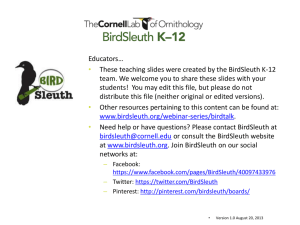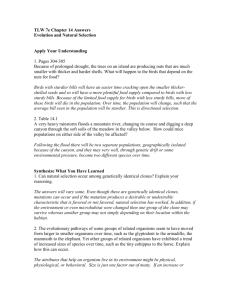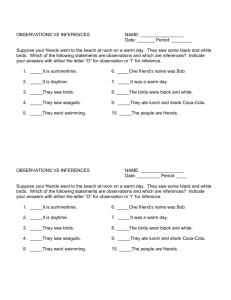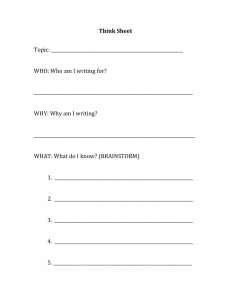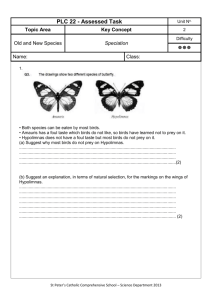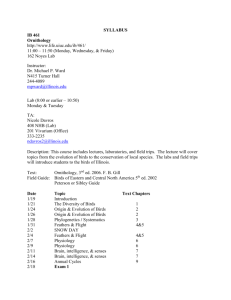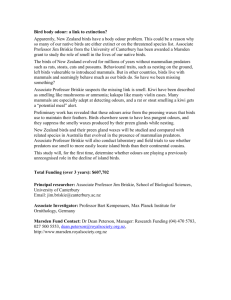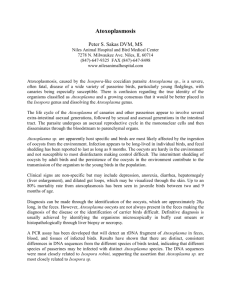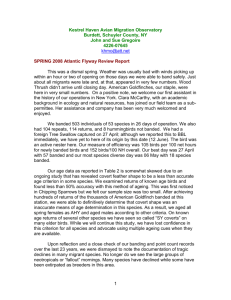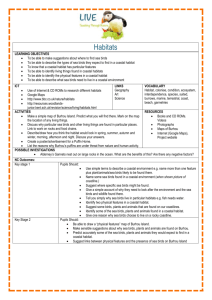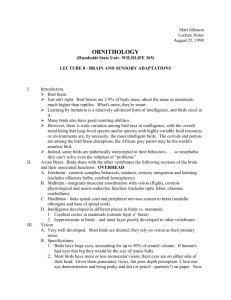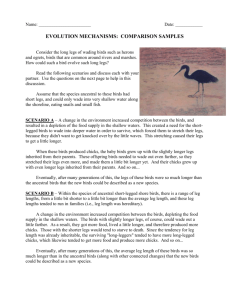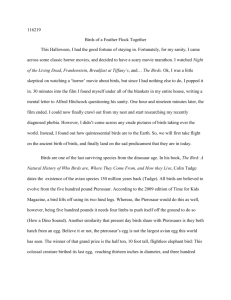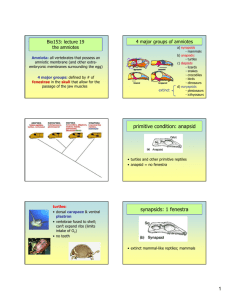PNJA oral exam picture "description" guidelines
advertisement
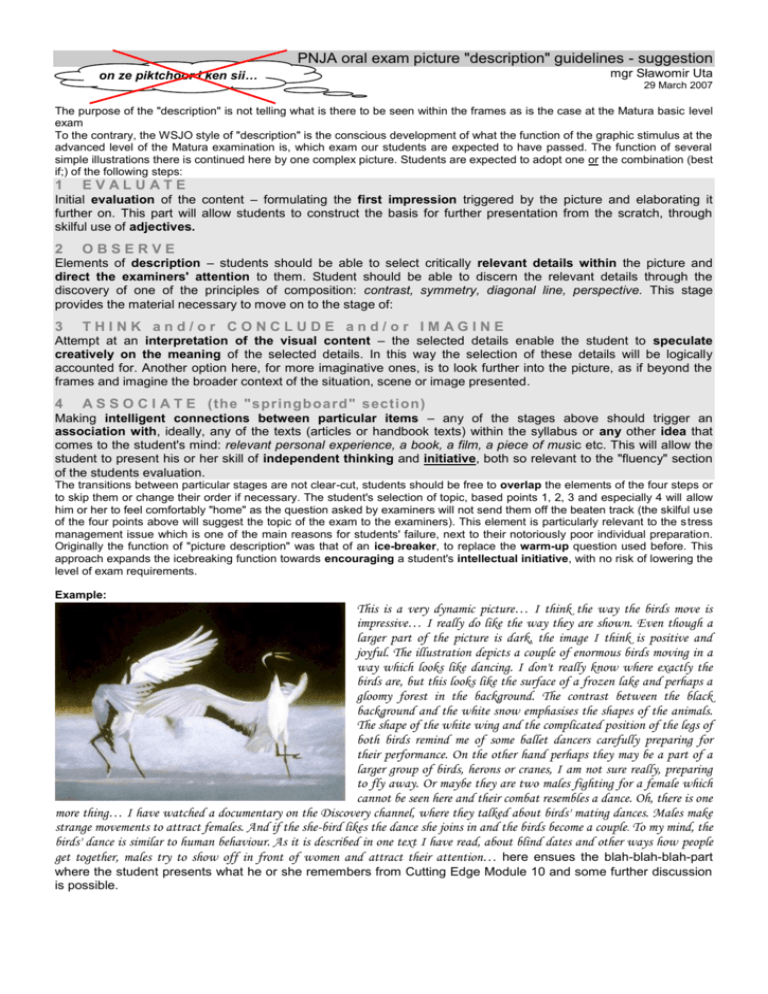
PNJA oral exam picture "description" guidelines - suggestion on ze piktchoor I ken sii… mgr Sławomir Uta 29 March 2007 The purpose of the "description" is not telling what is there to be seen within the frames as is the case at the Matura basic level exam To the contrary, the WSJO style of "description" is the conscious development of what the function of the graphic stimulus at the advanced level of the Matura examination is, which exam our students are expected to have passed. The function of several simple illustrations there is continued here by one complex picture. Students are expected to adopt one or the combination (best if;) of the following steps: 1 EVALUATE Initial evaluation of the content – formulating the first impression triggered by the picture and elaborating it further on. This part will allow students to construct the basis for further presentation from the scratch, through skilful use of adjectives. 2 OBSERVE Elements of description – students should be able to select critically relevant details within the picture and direct the examiners' attention to them. Student should be able to discern the relevant details through the discovery of one of the principles of composition: contrast, symmetry, diagonal line, perspective. This stage provides the material necessary to move on to the stage of: 3 THINK and/or CONCLUDE and/or IMAGINE Attempt at an interpretation of the visual content – the selected details enable the student to speculate creatively on the meaning of the selected details. In this way the selection of these details will be logically accounted for. Another option here, for more imaginative ones, is to look further into the picture, as if beyond the frames and imagine the broader context of the situation, scene or image presented. 4 A S S O C I A T E (the "springboard" section) Making intelligent connections between particular items – any of the stages above should trigger an association with, ideally, any of the texts (articles or handbook texts) within the syllabus or any other idea that comes to the student's mind: relevant personal experience, a book, a film, a piece of music etc. This will allow the student to present his or her skill of independent thinking and initiative, both so relevant to the "fluency" section of the students evaluation. The transitions between particular stages are not clear-cut, students should be free to overlap the elements of the four steps or to skip them or change their order if necessary. The student's selection of topic, based points 1, 2, 3 and especially 4 will allow him or her to feel comfortably "home" as the question asked by examiners will not send them off the beaten track (the skilful use of the four points above will suggest the topic of the exam to the examiners). This element is particularly relevant to the stress management issue which is one of the main reasons for students' failure, next to their notoriously poor individual preparation. Originally the function of "picture description" was that of an ice-breaker, to replace the warm-up question used before. This approach expands the icebreaking function towards encouraging a student's intellectual initiative, with no risk of lowering the level of exam requirements. Example: This is a very dynamic picture… I think the way the birds move is impressive… I really do like the way they are shown. Even though a larger part of the picture is dark, the image I think is positive and joyful. The illustration depicts a couple of enormous birds moving in a way which looks like dancing. I don't really know where exactly the birds are, but this looks like the surface of a frozen lake and perhaps a gloomy forest in the background. The contrast between the black background and the white snow emphasises the shapes of the animals. The shape of the white wing and the complicated position of the legs of both birds remind me of some ballet dancers carefully preparing for their performance. On the other hand perhaps they may be a part of a larger group of birds, herons or cranes, I am not sure really, preparing to fly away. Or maybe they are two males fighting for a female which cannot be seen here and their combat resembles a dance. Oh, there is one more thing… I have watched a documentary on the Discovery channel, where they talked about birds' mating dances. Males make strange movements to attract females. And if the she-bird likes the dance she joins in and the birds become a couple. To my mind, the birds' dance is similar to human behaviour. As it is described in one text I have read, about blind dates and other ways how people get together, males try to show off in front of women and attract their attention… here ensues the blah-blah-blah-part where the student presents what he or she remembers from Cutting Edge Module 10 and some further discussion is possible.





